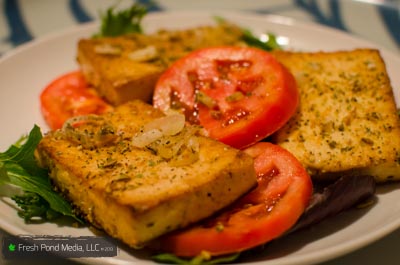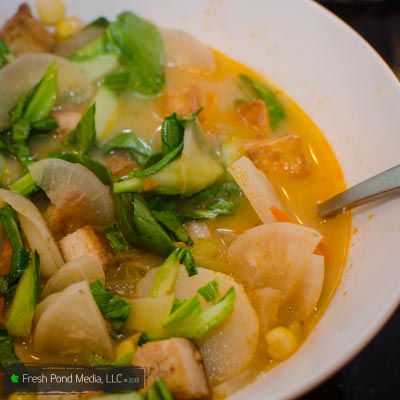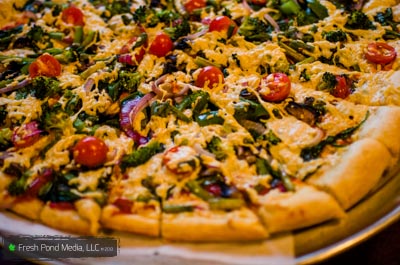My favorite foods to make at home are Stir-fry/Curry, Soup, Pizza, & Pancakes.
Stir-fry, pizza and soup are super-easy to make because you can use nearly any variation of veggies and there's not a strict "recipe" that needs to be followed; just a few necessary ingredients and guidelines.
Pancakes do require a recipe, but are also flexible and quite easy to make as long as you have the key ingredients.
In 2008, I put together a cookbook based on recipes contributed from vegetarian friends (from the IV social club):



